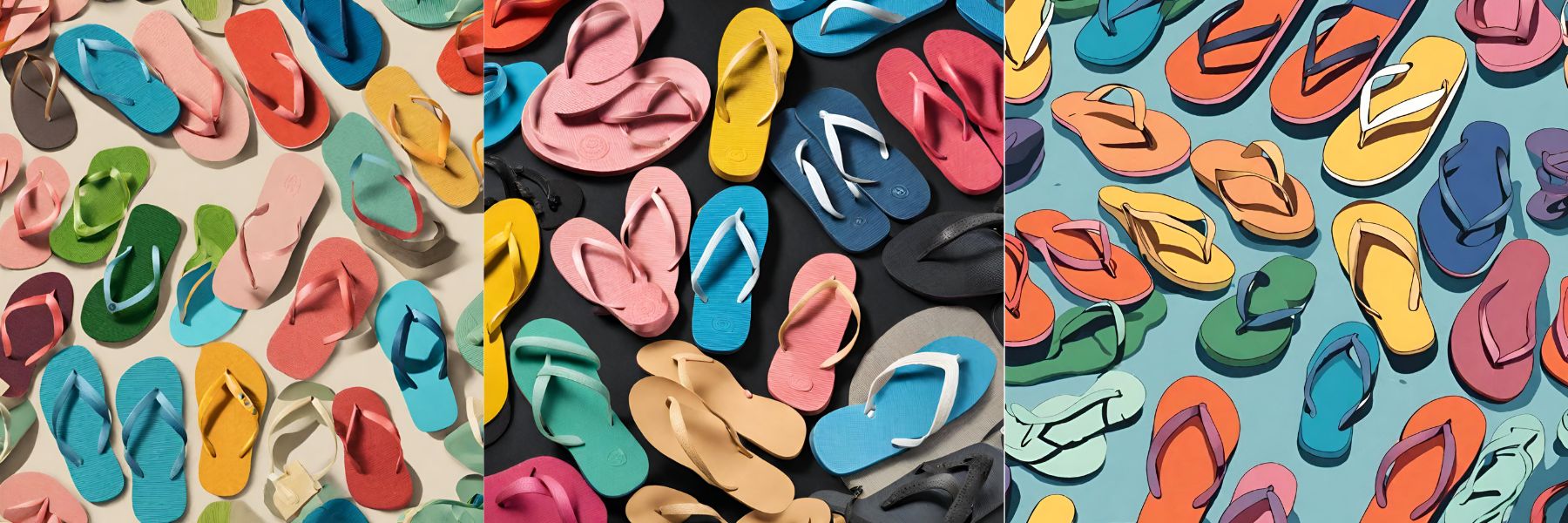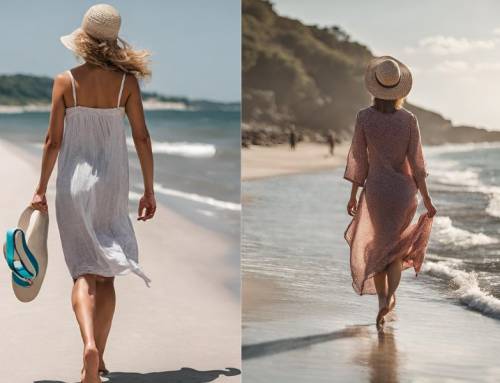Introduction: In the world of footwear, few items are as iconic and beloved as the rubber flip-flop. These simple, comfortable sandals have been a staple in wardrobes around the globe for generations. But have you ever wondered about the fascinating journey that led to the creation of these versatile flip-flops we wear today? Join us on a journey through time as we explore the surprising history of rubber flip-flops, from their humble beginnings in ancient civilizations to their modern-day popularity.
Ancient Origins: Our story begins in ancient civilizations, where the concept of flip-flops first emerged. While the term “flip-flop” is relatively modern, the idea of wearing sandals with a flat sole attached to the foot can be traced back to the ancient Egyptians. These early sandals were often made from materials like papyrus and palm leaves, providing rudimentary protection for the soles of the feet.
Rubber’s Remarkable Discovery: Fast forward to the 19th century when rubber, a material native to South America, took center stage. The indigenous people of the region had long been using latex from rubber trees to waterproof their clothing and create simple footwear. This discovery laid the foundation for a revolutionary leap in flip-flop technology.
The Evolution of Design: As rubber production methods improved, flip-flop designs evolved as well. The simple, flat-soled sandals began to take on new shapes and features. The Y-shaped strap, which we now associate with flip-flops, became a common design element. This innovation not only added stability but also made flip-flops more comfortable for extended wear.
Rising Popularity: By the mid-20th century, rubber flip-flops had gained significant popularity, especially in beach destinations and warm climates. Their affordability and ease of use made them a staple for casual wear. From the shores of California to the beaches of Hawaii, flip-flops became synonymous with a laid-back, carefree lifestyle.
The Fashion Revolution: As fashion trends continued to evolve, flip-flops found their place in the world of style. No longer just a practical choice, they became a fashion statement. Celebrities and fashion designers embraced flip-flops, elevating them to a must-have accessory. For a detailed look at flip-flop fashion evolution, check out our article on Fashion Trends.
Sustainability Takes Center Stage: In recent years, the global focus on sustainability has extended to the footwear industry. One remarkable aspect of flip-flops is their potential for sustainability. In places like Thailand, where rubber slipper production is a thriving industry, sustainable practices are being embraced. To learn more about the sustainable side of affordable footwear, check out our article on Sustainable Thai.
Modern Innovations: Today, rubber flip-flops continue to evolve. They are available in a wide range of colors, patterns, and styles to suit every taste. From basic solid colors to intricate designs, flip-flops have truly become a canvas for self-expression. They’re also often equipped with ergonomic features for enhanced comfort, making them suitable for long walks or even as post-exercise recovery footwear.
Conclusion: The history of rubber flip-flops is a testament to the enduring appeal of simplicity and comfort in footwear. From their ancient origins to their modern-day style and sustainability, flip-flops have come a long way. So, the next time you slip on a pair of rubber flip-flops, remember the remarkable journey that brought them to your feet. Whether you’re strolling on the beach, running errands, or just relaxing at home, these iconic sandals have a story to tell








